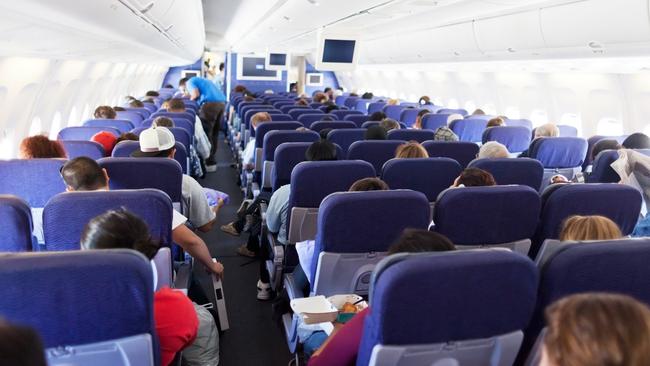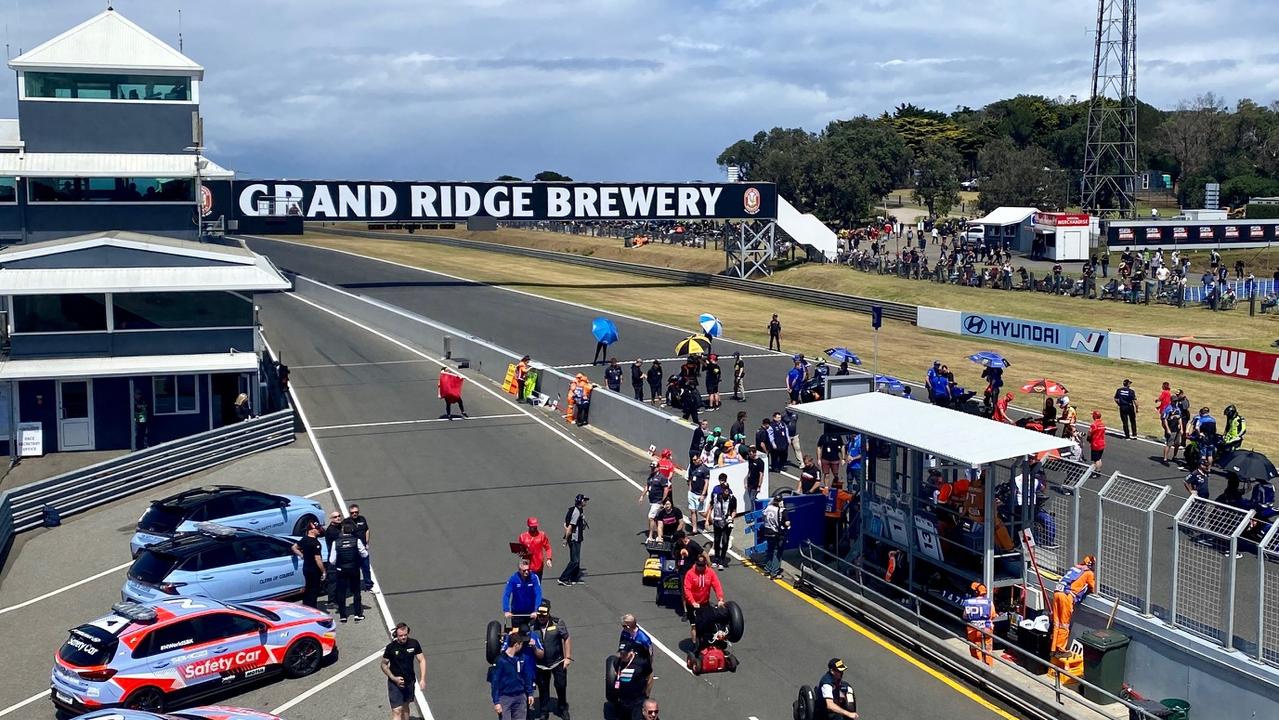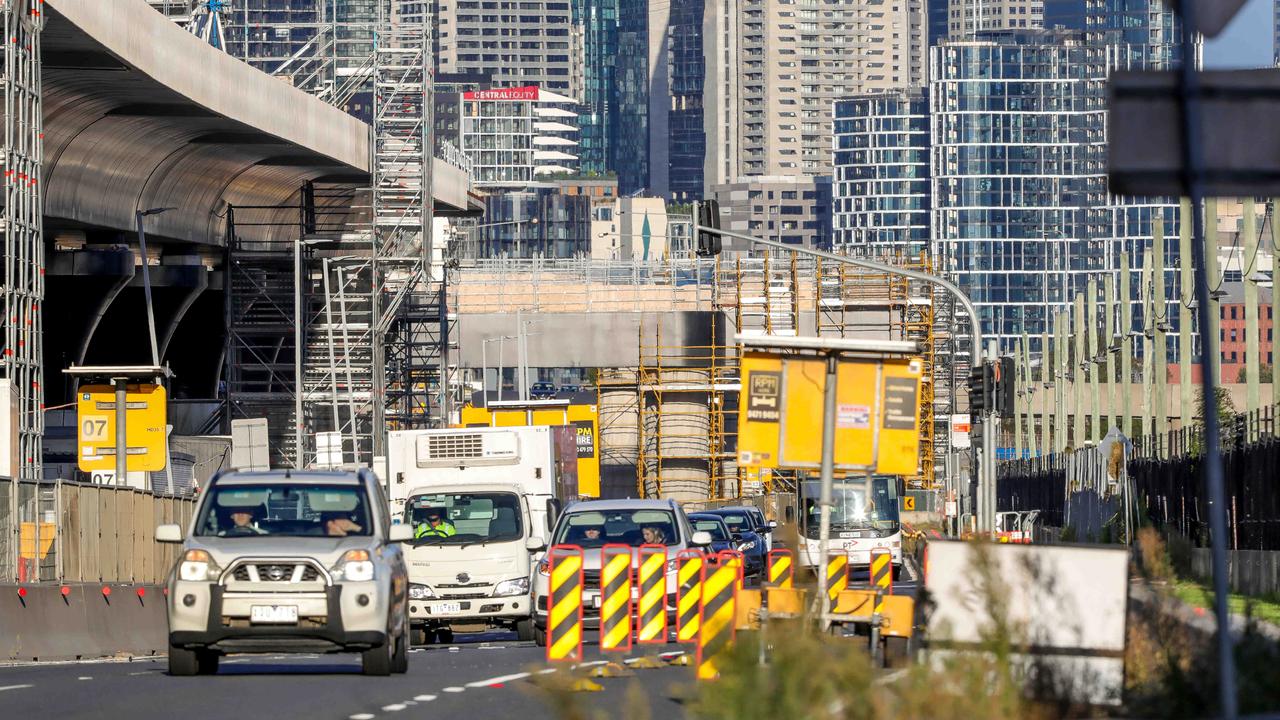Midair medical emergencies are increasing on Australian domestic flights
THE call for doctors on board is becoming more common as increasing numbers of passengers fall ill midair — these are the odds of your flight being affected by a medical emergency.

News
Don't miss out on the headlines from News . Followed categories will be added to My News.
TEN passengers a day are suffering midair emergencies as the “is there a doctor on board” call-out becomes more frequent on flights across Australia.
Analysis shows Australian domestic flights have a one-in-400 chance of being hit by a medical emergency.
WHAT HAPPENS WHEN SOMEONE DIES ON A PLANE?
JETSTAR FLIGHT MAKES EMERGENCY LANDING
But three out of four incidents are not serious and can be handled by cabin crew.
Of the 26 per cent of in-flight emergencies deemed serious, a third involved passengers losing consciousness and 12 per cent having heart or chest pain issues.
The study, by Sydney critical care doctor Catherine Epstein, found six people died on the 132,000 flights by major Australian airlines over 13 months in 2015-16.
During that time, just 24 flights were diverted die to health emergencies.
“If you are a doctor and fly often you expect to encounter one of these throughout your lifetime,” Dr Epstein said.

“But, with an ageing population who are a lot more mobile … and increasing patient numbers these are going to become more common.”
The research was presented at the Australian and New Zealand College of Anaesthetists annual gathering as a way of preparing doctors for the types of emergencies most will face sooner or later.
A 2013 international airline study found the likelihood of midair medical emergencies was about one in 600, however the higher rates in Australia are likely due to a difference in reporting than actual illnesses.
Dr Epstein said the possibility of being called on to help patients remained a mystery to many doctors and it was important they were aware of the types of issues they may face, as well as the equipment and resources available in confined spaces where patients cannot even be laid down.
“You are probably more safe than you would be if you were on the street and had a heart attack. If you are on a plane there is a defibrillator right here and crew training in CPA and on top of that there is maybe a doctor on board,” she said.
SYDNEY-BOUND FLIGHT DIVERTED TO PERTH
The journalist attended the ANZCA conference as a guest of the college.


